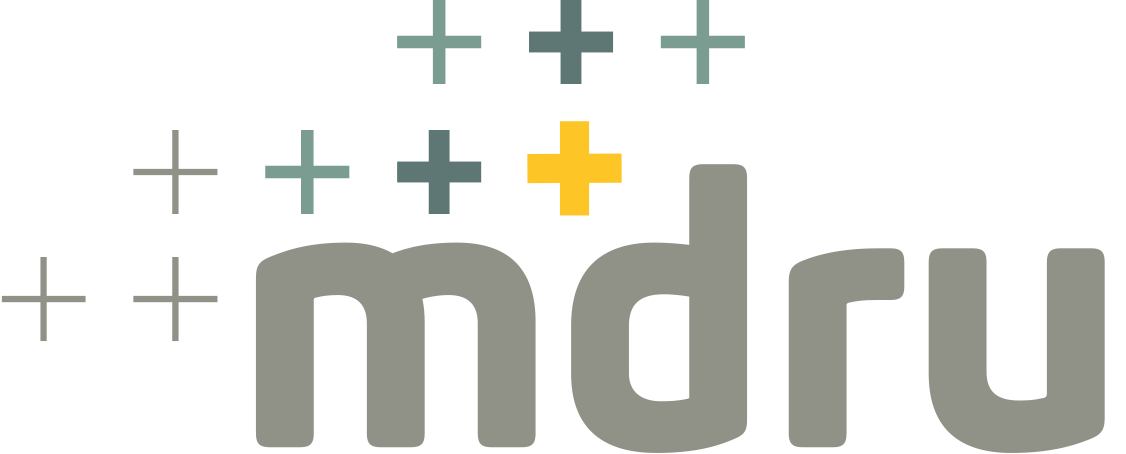Project Information
- Ore Deposit: Carlin-type, CRD
- Commodity: Gold
- Research Themes: Gold Deposits
- Project Status: Completed
- End Date: 1999
The Jeronimo sedimentary rock-hosted disseminated gold deposit is located within the Potrerillos district of the Atacama region of northern Chile, to the east of the Potrerillos-El Hueso porphyry Cu-Mo-(Au) system of Eocene to Oligocene age. Jeronimo occurs within a zone of thrust and reverse faulting and folding associated with middle Tertiary compressional deformation along the Domeyko fault system. The deposit contains a resource of 16.6 million tonnes of gold averaging 4.80 grams/tonne. Jeronimo is manto-shaped, and is on average six metres in thickness.
MSc thesis by VANESSA GENEVIEVE GALE, completed 1999, supervised by John Thompson.
Sponsored by Homestake Mining Inc. and NSERC.
In plan view, it is elliptical and measures approximately 2.0 by 1.3 km. It is separated into two zones known as upper and lower Jeronimo, which are offset by subvertical normal faults.
Jeronimo is stratabound, occurring within bioclastic limestone lithologies of the Jurassic El Asientos Formation limestone sequence. Ore distribution is also structurally-controlled, as mineralization is focussed in sub-vertical fractures and joints within the bioclastic units. Alteration phases include
(1) strong, pervasive, replacement-style silicification;
(2) carbonate, mainly restricted to vugs, consisting of manganese carbonate
(rhodochrosite and kutnohorite), in the centre of the ore body, and calcite-dolomite on the margins;
(3) argillization consisting of widespread disseminated and veinlet illite, and vug-filling kaolinite in the centre of the deposit.
Other common alteration minerals include apatite, rutile, monazite and barite. The ore mineral suite at Jeronimo consists of pyrite, arsenopyrite, sphalerite, lead sulphosalts, orpiment, and realgar, with minor coloradoite, altaite, cinnabar and cassiterite. Jeronimo is characterized by the geochemical signature As-Mn-Zn-Pb-Ag-Hg.
Gold is present as generally sub-micron-sized grains, ranging from 140 nm to 1.13 um, that are encapsulated in pyrite, arsenopyrite, quartz and realgar and also occur within vugs in the silicified matrix.
Lead isotope results of the main stage sulphide and sulphosalt minerals (206
Pb/204Pb: 18.564 to 18.644; 207Pb/204Pb: 15.592 to 15.662; and 208Pb/204Pb: 38.536 to 38.638) indicate that lead in the ore fluids was dominantly derived from a magmatic source, with some input from a more radiogenic source – igneous carboniferous to Triassic basement rocks and/or the overlying Jurassic limestone and sandstone. The lead isotope composition of late orpiment indicates that
lead in the late fluids was derived mainly from the Jurassic sedimentary host
rocks.
Carbon and oxygen isotope compositions of ore zone rhodochrosite and kutnohorite, ranging from180 of 16.65 to 22.52{4f68512a01b6c7d7b16fb2c0178fca0ea196e8717437457c5f4289110417847b} 0 (VSMOW)and 13C of -2.84 to -1.3{4f68512a01b6c7d7b16fb2c0178fca0ea196e8717437457c5f4289110417847b}0 (PDB), suggest contributions from both magmatic and Jurassic limestone wallrock sources.
The Jeronimo deposit is a gold-rich carbonate replacement deposit (CRD) showing distinct differences from sediment-hosted (Carlin-type) gold deposits. The critical features that define the CRD style of mineralization at Jeronimo include enrichment in base metals and manganese, carbonate alteration, the presence of native gold as visible grains, occurrence in a district containing porphyry and related styles of mineralziation, and evidence for a magmatic contribution to metals and hydrothermal fluids.
A direct connection between Jeronimo and the Potrerillos porphyry Cu-Mo-(Au)
deposit 4.3 kilometres to the west-northwest has not been established, but may be suggested by the existence of alteration and minor mineralization extending west from Jeronimo in favourable structures and lithologies. Alternatively, Jeronimo may be related to another concealed magmatic-hydrothermal center at depth.



